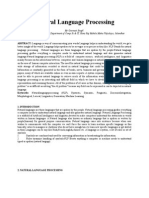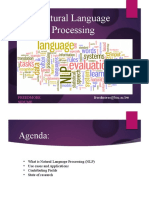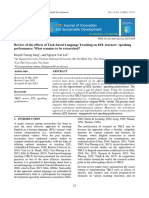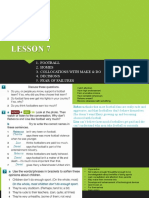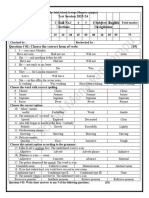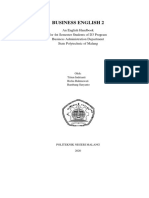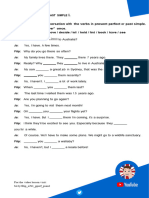0% found this document useful (0 votes)
16 views31 pagesNLP - Natural Language Processing and APPLICATION
Natural Language Processing (NLP) is a branch of Artificial Intelligence that enables computers to understand and interpret human language, both in text and speech. It involves several phases including lexical analysis, syntactic analysis, semantic analysis, discourse integration, and pragmatic analysis, along with various applications such as translation tools, chatbots, and virtual assistants. The future of NLP aims to enhance machine learning capabilities to make computers more intelligent and capable of understanding and generating human language effectively.
Uploaded by
rafeeqshaik212002Copyright
© © All Rights Reserved
We take content rights seriously. If you suspect this is your content, claim it here.
Available Formats
Download as PPTX, PDF, TXT or read online on Scribd
0% found this document useful (0 votes)
16 views31 pagesNLP - Natural Language Processing and APPLICATION
Natural Language Processing (NLP) is a branch of Artificial Intelligence that enables computers to understand and interpret human language, both in text and speech. It involves several phases including lexical analysis, syntactic analysis, semantic analysis, discourse integration, and pragmatic analysis, along with various applications such as translation tools, chatbots, and virtual assistants. The future of NLP aims to enhance machine learning capabilities to make computers more intelligent and capable of understanding and generating human language effectively.
Uploaded by
rafeeqshaik212002Copyright
© © All Rights Reserved
We take content rights seriously. If you suspect this is your content, claim it here.
Available Formats
Download as PPTX, PDF, TXT or read online on Scribd
/ 31



























